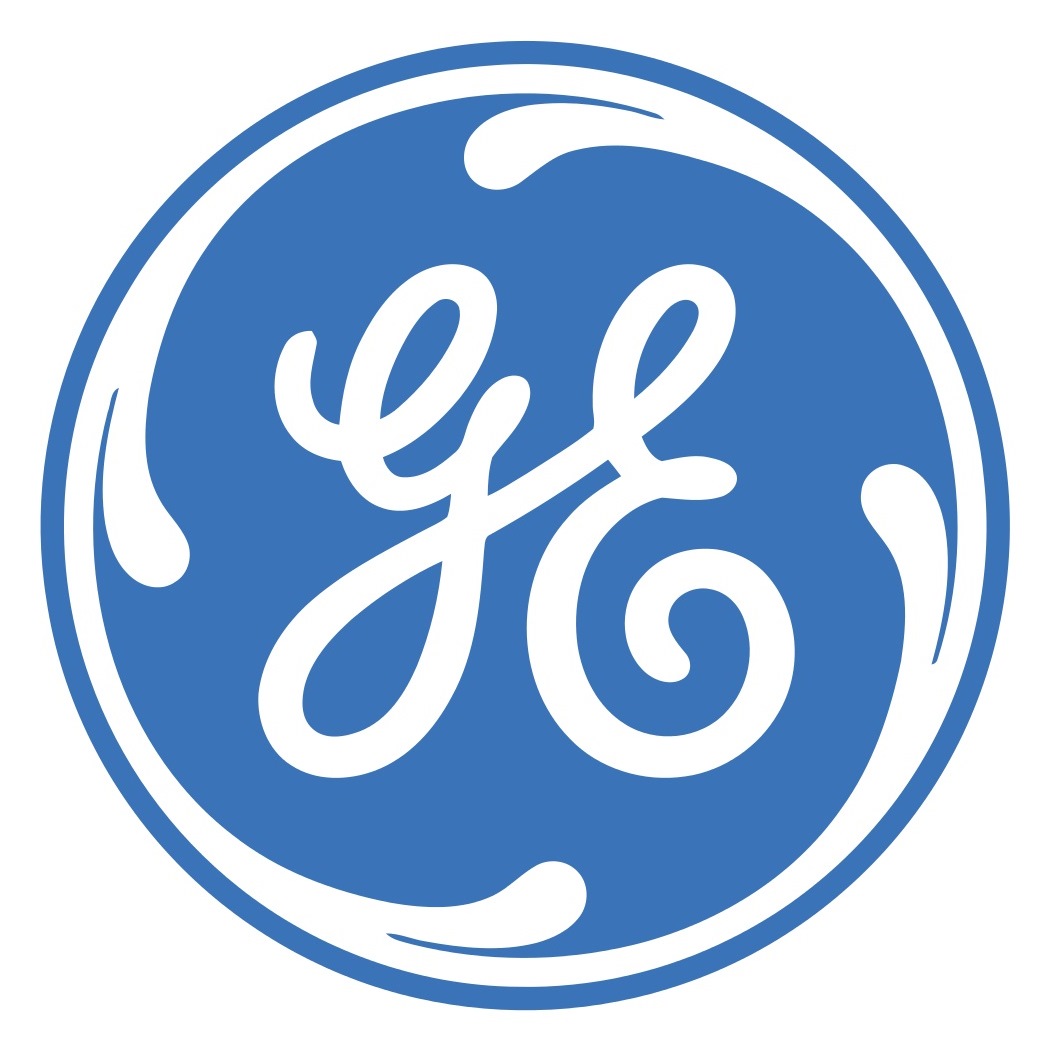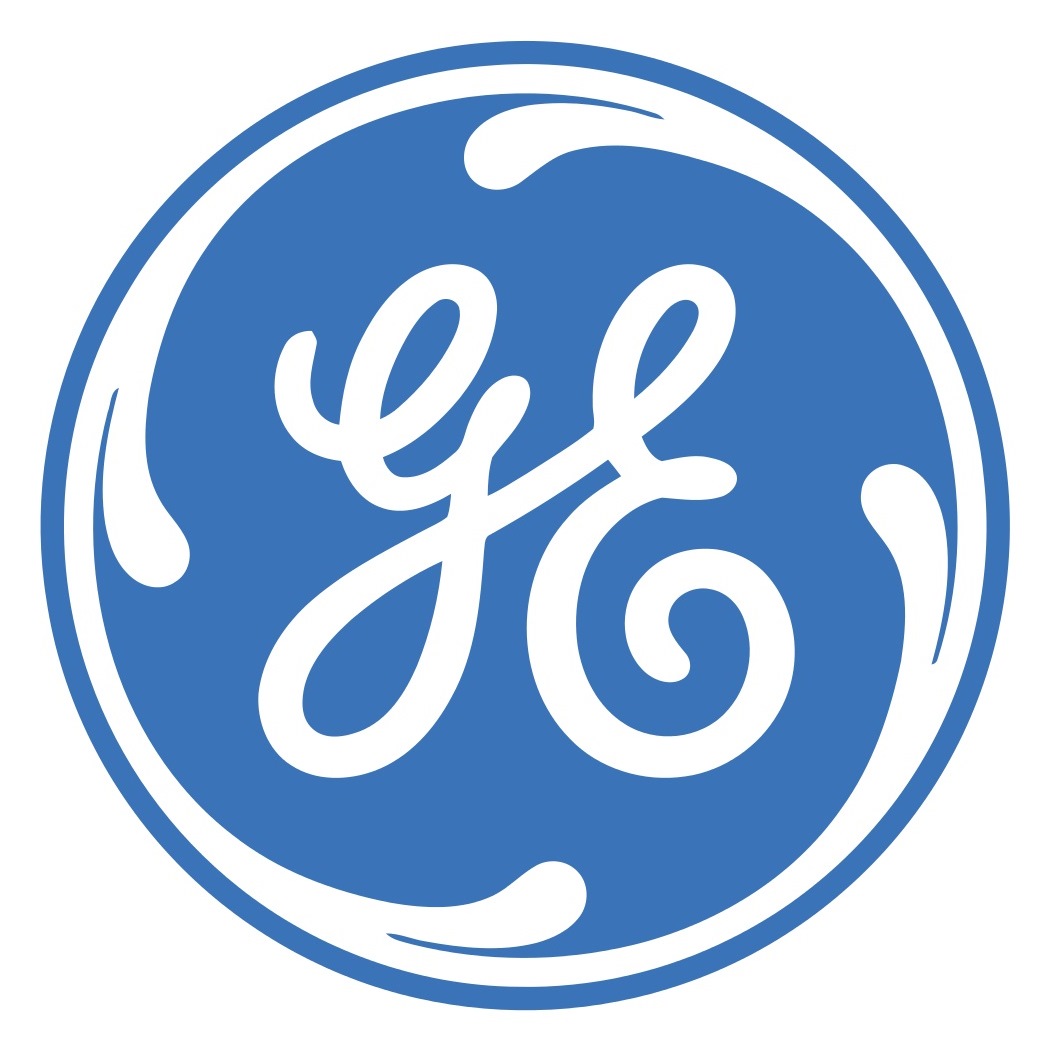
General Electric Co. (NYSE: GE) announced Monday morning that it would cut its dividend by half beginning with the next declaration due in December. The reduction, from $0.24 per quarter to $0.12, is the first since 2009, the depths of the financial crisis.
Later this morning, CEO John Flannery will address the company’s strategy at an investor update, set to begin at 9 a.m. ET.
Separating the dividend cut from the strategy session sets the table for Flannery to talk about the company’s cash flow and how it’s going to improve. There is also unlikely to be a lot of good news for many GE employees, thousands of whom are expected to lose their jobs.
In the press announcement of the dividend cut, Flannery said:
We understand the importance of this decision to our shareowners and we have not made it lightly. We are focused on driving total shareholder return and believe this is the right decision to align our dividend payout to cash flow generation.
The dividend remains an important component of GE’s capital allocation framework. With this action and others that we will be discussing this morning, we are acting with urgency to make GE simpler and stronger to drive growth and create more value for our shareowners.
“Simpler and stronger” implies smaller and more focused. But how much smaller and focused on what? Flannery has already promised more than $20 billion in asset sales. The company’s railroad business is believed to be at the top of the list of divisions to go. The better performing portions of the Lighting segment already have been moved under the Power segment, and what’s left is a good candidate for going on the block.
The dividend cut was expected. GE really had no choice. Besides, investors had already punished the stock in anticipation of the cut.
In Monday’s premarket trading, the stock traded up about 2.3%, at $20.95 in a 52-week range of $19.63 to $32.38. The 12-month consensus price target is $25.33.
The Average American Has No Idea How Much Money You Can Make Today (Sponsor)
The last few years made people forget how much banks and CD’s can pay. Meanwhile, interest rates have spiked and many can afford to pay you much more, but most are keeping yields low and hoping you won’t notice.
But there is good news. To win qualified customers, some accounts are paying almost 10x the national average! That’s an incredible way to keep your money safe and earn more at the same time. Our top pick for high yield savings accounts includes other benefits as well. You can earn up to 3.80% with a Checking & Savings Account today Sign up and get up to $300 with direct deposit. No account fees. FDIC Insured.
Click here to see how much more you could be earning on your savings today. It takes just a few minutes to open an account to make your money work for you.
Our top pick for high yield savings accounts includes other benefits as well. You can earn up to 4.00% with a Checking & Savings Account from Sofi. Sign up and get up to $300 with direct deposit. No account fees. FDIC Insured.
Thank you for reading! Have some feedback for us?
Contact the 24/7 Wall St. editorial team.
 24/7 Wall St.
24/7 Wall St.



